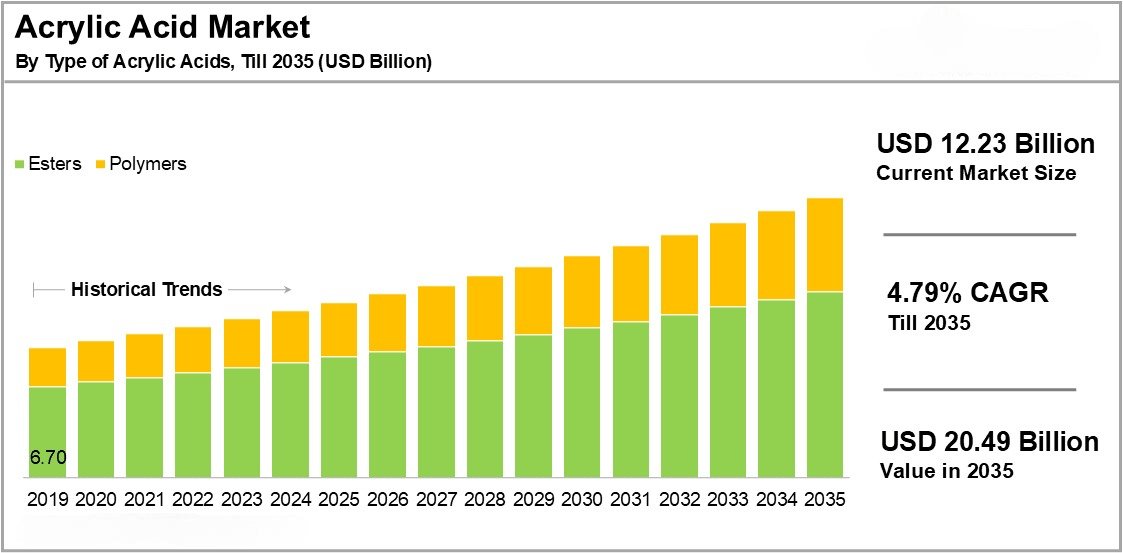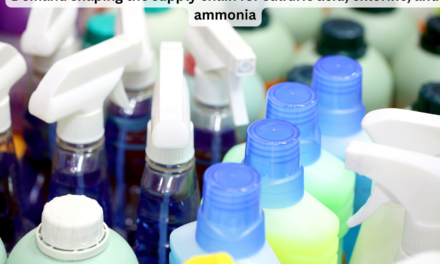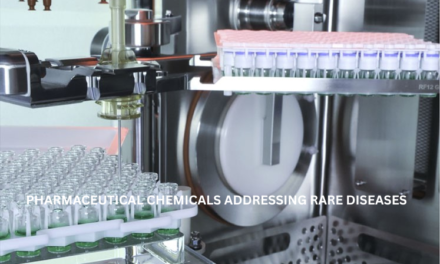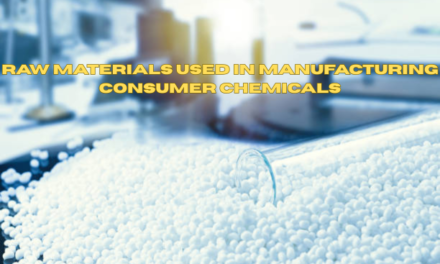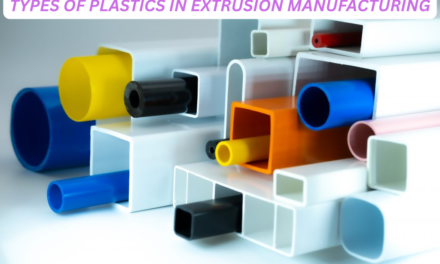The Evolving Demand for Acrylic Materials Across Industries
Acrylic materials, particularly polymethyl methacrylate (PMMA) and acrylic-based resins, continue to see dynamic shifts in demand across various industries. With advancements in sustainability, manufacturing efficiency, and new applications, the global acrylic market is expanding while adapting to economic and environmental challenges.
1. Growing Demand in the Automotive Industry
Trends & Factors Driving Growth:
- Increasing use of lightweight materials to improve fuel efficiency and support electric vehicles (EVs).
- Acrylic sheets and resins replace glass in applications like headlight covers, interior panels, and displays due to their optical clarity and impact resistance.
- Demand for high-performance coatings and UV-resistant materials in automotive exteriors.
Market Evolution:
- The rise of electric vehicles (EVs) is pushing manufacturers to seek materials that reduce vehicle weight while maintaining durability.
- Sustainability push is encouraging the shift towards recyclable and bio-based acrylics in vehicle components.
2. Construction & Architecture: Acrylic as a Durable Alternative
Trends & Factors Driving Growth:
- Increasing preference for acrylic glass (PMMA) over traditional glass and polycarbonate in windows, skylights, and partitions.
- Acrylic coatings enhance UV resistance, waterproofing, and aesthetic finishes in building exteriors.
- Green buildings and energy-efficient materials are driving demand for low-emission acrylic formulations.
Market Evolution:
- Post-pandemic demand for sneeze guards, transparent dividers, and protective barriers has stabilized but remains significant in commercial spaces.
- Innovations in self-healing and anti-scratch coatings enhance acrylic longevity, making it a preferred material for construction applications.
3. Consumer Goods: The Shift Toward Sustainable & Customizable Products
Trends & Factors Driving Growth:
- Increasing use of acrylic furniture, home décor, and lighting fixtures due to their aesthetic appeal, durability, and lightweight properties.
- Growth in high-end packaging (cosmetics, electronics, and luxury items) leveraging acrylic for premium branding.
- Rise in personalized and 3D-printed acrylic products, driven by the demand for customization.
Market Evolution:
- Bio-based acrylic alternatives are gaining traction, especially in cosmetic packaging where sustainability is a key selling point.
- Recycled acrylic materials are being introduced in furniture and decorative applications, aligning with circular economy goals.
4. Electronics & Displays: Expanding Applications in Modern Tech
Trends & Factors Driving Growth:
- Growing adoption of acrylic screens and panels in smartphones, tablets, and televisions.
- Increasing use of acrylic-based LED light panels for energy-efficient lighting.
- Durability and scratch resistance make acrylic a preferred choice in touchscreens and protective display covers.
Market Evolution:
- The push for flexible and transparent displays in wearable tech and augmented reality (AR) devices is creating new demand for high-performance acrylic films.
- Ongoing innovations in antireflective, anti-glare, and fingerprint-resistant coatings enhance usability in consumer electronics.
5. Medical & Healthcare: High-Performance Acrylics for Safety & Hygiene
Trends & Factors Driving Growth:
- Strong demand for acrylic medical devices, including incubators, diagnostic equipment, and lab enclosures.
- Continued use of acrylic shields and barriers in hospitals, clinics, and laboratories.
- Growth in biocompatible acrylic resins for dental and orthopedic applications.
Market Evolution:
- Antimicrobial acrylic coatings are being developed to improve hygiene and safety in healthcare environments.
- Acrylics used in prosthetics and dental implants are advancing due to better biocompatibility and longevity.
6. Aerospace & Transportation: Lightweighting and Performance Enhancements
Trends & Factors Driving Growth:
- Acrylic materials are replacing glass in aircraft windows and cabin interiors due to their lightweight and impact resistance.
- Increasing use in marine applications, including boat windshields and underwater viewing panels.
Market Evolution:
- Aerospace companies are investing in high-performance acrylics that offer greater strength and UV resistance.
- Advances in flame-retardant acrylic formulations are addressing safety concerns in aviation.
7. Paints, Coatings, & Adhesives: Expanding Green Chemistry Innovations
Trends & Factors Driving Growth:
- Shift toward low-VOC (volatile organic compound) and water-based acrylic coatings due to stricter environmental regulations.
- Increasing use of acrylic emulsions in architectural coatings, automotive paints, and industrial finishes.
Market Evolution:
- Self-cleaning and anti-corrosion coatings are emerging trends in acrylic applications.
- High-durability coatings are being developed for offshore structures, wind turbines, and solar panels.
Conclusion: The Future of Acrylic Demand
The demand for acrylic materials is evolving rapidly, driven by sustainability trends, technological advancements, and industry-specific innovations. Bio-based and recycled acrylics, energy-efficient applications, and high-performance coatings are shaping the future of this industry. As regulatory pressures and environmental concerns grow, manufacturers must prioritize green chemistry and circular economy strategies to stay competitive in the evolving market.
Hashtags
#AcrylicMaterials #AcrylicIndustry #AcrylicInnovation #AcrylicTechnology #AcrylicMarket #AcrylicForConstruction #AcrylicSheets #AcrylicPanels #ArchitecturalAcrylic #BuildingMaterials #AcrylicAutomotive #AcrylicInTransport #AcrylicWindows #LightweightMaterials #AcrylicDisplays #AcrylicSignage #AcrylicRetail #AcrylicFurniture #AcrylicDesign #InteriorMaterials #AcrylicInHealthcare #AcrylicMedicalDevices #RecycledAcrylic #SustainableAcrylic #EcoFriendlyMaterials


